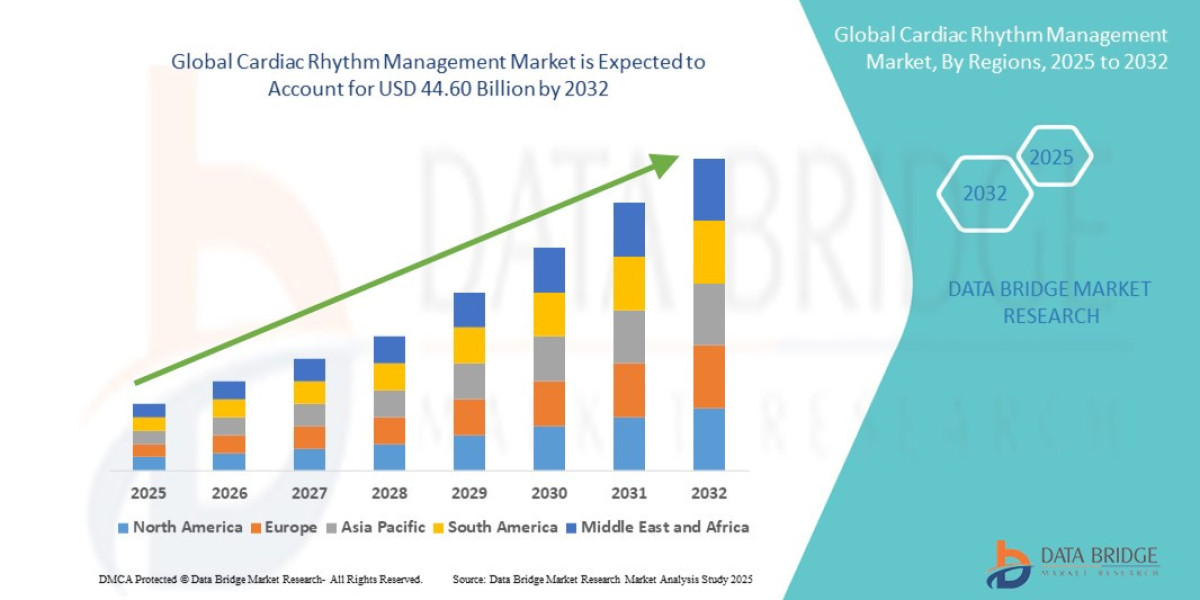Real-time team performance analysis allows managers, team leaders, and executives to make data-driven decisions that can directly impact outcomes, foster accountability, and encourage continuous improvement.
Understanding Real-Time Team Performance
Real-time team performance analysis refers to the process of tracking, evaluating, and interpreting team activities as they happen. Unlike traditional performance evaluation methods, which often rely on periodic reviews and post-project assessments, real-time analysis provides immediate insights into how a team is performing. This approach helps identify bottlenecks, monitor task completion, and assess the efficiency and collaboration levels of team members on the go.
By leveraging real-time data, organizations can ensure that teams stay aligned with project objectives, deadlines, and overall organizational strategies. It also encourages transparency, as all members can see their contributions and understand areas that require improvement.
Key Components of Real-Time Team Performance Analysis
Effective real-time team performance analysis typically involves several critical components:
Activity Tracking
Monitoring individual and collective tasks is fundamental. Modern tools can track task progress, completion rates, and time spent on each activity. This information allows managers to pinpoint inefficiencies and ensure that workloads are distributed effectively.Collaboration Metrics
Teamwork involves communication, cooperation, and coordination. Measuring collaboration metrics—such as message frequency, meeting participation, and file-sharing activity—helps organizations understand how effectively team members interact with one another.Productivity Monitoring
Productivity goes beyond task completion. It encompasses quality, efficiency, and adherence to deadlines. Real-time analysis evaluates these factors to give a holistic view of team output.Performance Dashboards
Dashboards consolidate real-time data into visually comprehensible formats. These platforms display performance indicators such as completed tasks, overdue assignments, and team utilization rates, helping managers make quick and informed decisions.
Benefits of Real-Time Team Performance Analysis
Implementing real-time performance analysis brings numerous advantages to teams and organizations:
1. Immediate Feedback
Real-time analysis provides instant feedback to team members, enabling them to correct mistakes quickly and adjust their strategies. This dynamic approach improves productivity and reduces the likelihood of recurring issues.
2. Enhanced Accountability
When performance is monitored in real time, every team member becomes more accountable for their contributions. Clear metrics ensure that responsibilities are transparent, reducing confusion and increasing ownership of tasks.
3. Data-Driven Decisions
Managers can make informed decisions based on current performance data. Whether reallocating resources, adjusting deadlines, or providing additional support, real-time analysis empowers leaders to act strategically rather than relying on assumptions.
4. Early Problem Detection
Real-time insights allow organizations to identify potential problems before they escalate. For example, if a particular task is falling behind, managers can intervene immediately to provide support, prevent delays, and ensure project success.
5. Improved Collaboration
Monitoring collaboration metrics enables teams to recognize patterns in communication and teamwork. Identifying strengths and weaknesses in interactions helps managers foster a more cohesive, cooperative, and effective team environment.
Tools and Techniques for Real-Time Performance Analysis
A wide range of tools and techniques can facilitate real-time performance tracking:
Project Management Software – Platforms such as task boards and workflow tools provide real-time updates on task progress, resource allocation, and deadlines.
Communication Platforms – Messaging and video conferencing tools help track interaction patterns and engagement levels within teams.
Analytics Dashboards – Dashboards consolidate performance metrics and visualize trends, enabling quick assessment of team efficiency.
Time Tracking Software – These tools measure the time spent on tasks, helping managers understand productivity patterns and identify areas for improvement.
Implementing Real-Time Performance Analysis in Teams
To implement effective real-time performance analysis, organizations should follow a structured approach:
Define Key Performance Indicators (KPIs)
Identify metrics that align with team and organizational goals. These may include task completion rates, collaboration frequency, quality scores, or client satisfaction.Select the Right Tools
Choose tools that integrate with your existing workflow, provide real-time updates, and offer easy-to-read visualizations.Train Team Members
Ensure all team members understand how the system works, why it is important, and how to interpret the data. This encourages adoption and reduces resistance.Regularly Review Insights
Managers should regularly assess real-time data, identify trends, and take corrective actions where necessary. Continuous monitoring ensures teams remain efficient and goal-oriented.Encourage Continuous Improvement
Use the insights gained from real-time analysis to promote skill development, optimize processes, and improve team collaboration over time.
Challenges to Consider
While real-time team performance analysis offers many benefits, organizations must also be aware of potential challenges:
Data Overload – Too much information can overwhelm managers and team members. Focus on key metrics to maintain clarity.
Privacy Concerns – Monitoring performance in real time can raise concerns among employees. Transparency about data use and ethical guidelines is essential.
Implementation Costs – Investing in tools and training may require resources. However, the long-term benefits of improved efficiency often outweigh initial costs.
Resistance to Change – Team members may resist new monitoring practices. Clear communication and highlighting the benefits can encourage acceptance.
Conclusion
Real-time team performance analysis is transforming the way organizations understand and manage their teams. By providing immediate insights, enhancing accountability, and enabling data-driven decisions, it helps teams operate more efficiently and achieve better results. Organizations that embrace real-time monitoring can not only detect issues early but also foster a culture of continuous improvement, collaboration, and productivity.
In the modern workplace, where agility and adaptability are crucial, real-time team performance analysis is no longer a luxury—it is a necessity. By leveraging the right tools, defining clear metrics, and fostering a culture of transparency and accountability, businesses can ensure their teams remain competitive, efficient, and aligned with organizational objectives.
Important Links
Why Football Will Always Be the World’s Favorite Sport
Why Live Football Scoring Is Important for Fans and Bettors?
Football: The Beautiful Game That Connects the World
Football: The Sport That Defines Passion and Unity
Football: The Beautiful Game That Inspires Billions
What is the History of Football Live Score Updates
Why Do Football Live Scores Sometimes Show Delays
How Do Mobile Apps Deliver Instant Football Live Scores






